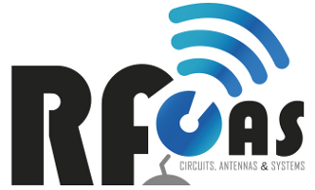| Resumen | The Boundary Contour Mode-Matching method (BCMM) allows the analysis of homogeneous waveguide junctions. The basic building block of this method is an E- or H-plane structure with arbitrary contour, excited by several rectangular waveguides (the ports). The electromagnetic field inside the junction is expanded in basic solutions of the Maxwell equations as, for instance, circular waves (J.M Reiter et al., IEEE TMTT, 796-801, April 1995). In the ports, a modal series is used. The boundary conditions are imposed by means of a Galerkin method that relates the two different field expansions and leads to the Generalized Scattering Matrix (GSM) of the junction. Different improvements have been made to the method as (R. H MacPhie et al., IEEE TMTT, 232-237, Feb. 1999) and (J A Ruiz-Cruz et. al, IEE Microw. Ant. and Prop., 332-338, Oct. 2003), oriented to speed up the computation of the Galerkin method matrices. The technique has been successfully applied to different types of structures as arbitrary bends (circular, mitered,..), cavities with rounded corners and Y-junctions. In comparison with other quasi-analytical methods, this technique does not require to characterize the eigenfunctions of the junction. However, when ridged zones appear in the contour of the problem (for instance a bend with a matching element), the BCMM linear system is not well conditioned and convergent results are difficult to achieve. The aim of this contribution is to overcome the limitations of the ridged zones by means of segmenting the junction under analysis in regions which can be successfully analyzed by the BCMM. The trivial case is when the problem can be divided in two or more basic building blocks linked by waveguide ports, which can be solved by cascading the GSM of each separate block. This contribution will focus on structures, like a T-junction with an inner ridge zone, where the trivial case can not be applied and the segmented regions must be considered all together in the field-matching procedure. The formulation will use three type of expansions: a) a dedicated expansion for representing the electromagnetic field in each segmented region, b) the modal series in the ports, c) a series to describe the electric field at the interface between regions. All the amplitudes of the expansions are linked by the boundary conditions at the interfaces. A Galerkin method will provide the GSM of the junction. The results of the investigated problems will be shown in the oral presentation. |


